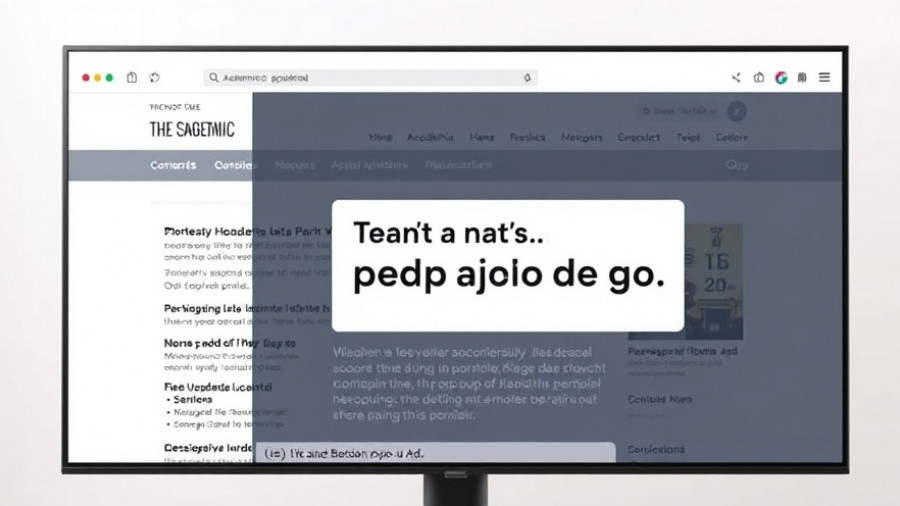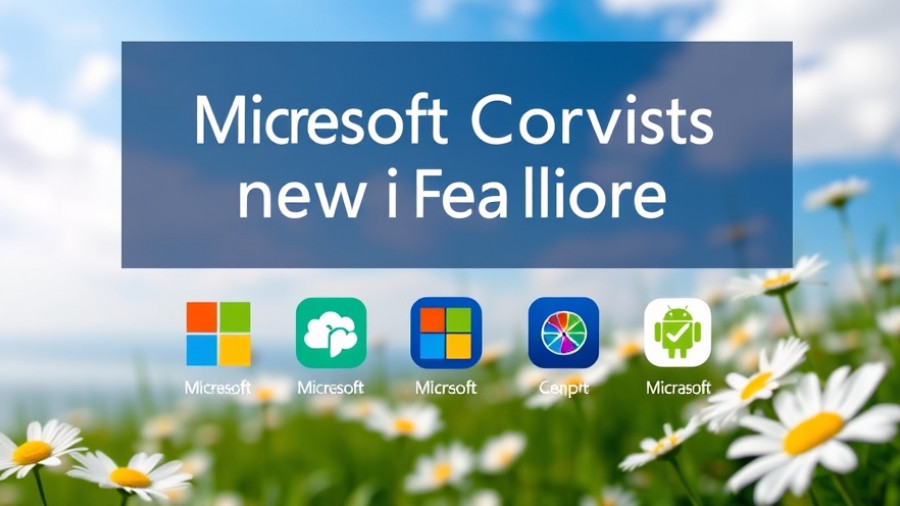
Why Terminal-Based Writing is More Than a Trend
In an age dominated by powerful word processors and collaborative cloud platforms, one writer's unique approach challenges traditional norms: composing articles in the terminal instead of using Microsoft Word or similar applications. This practice, which may seem odd to many, reveals the potential of minimalism and focus in the writing process.
The Power of Distraction-Free Writing Environments
Writers often struggle with distractions—notifications, ads, and even social media can pull focus from the creative task at hand. By choosing to write in the terminal, a space devoid of these distractions, the writer enters a state of undiluted concentration. As they craft their thoughts, every word becomes intentional, fostering a clear stream of ideas.
Customizability: Tailoring the Writing Experience
Neovim, a terminal-based text editor, serves as the writer's tool of choice, meticulously configured to suit their individual needs. The ability to modify settings, customize layouts, and even enhance performance through various plugins enhances the user's experience. This customization caters not only to personal preference but also to efficiency—allowing for quick edits and proper formatting through Markdown syntax.
Learning Curves: The Challenge and the Reward
While embracing terminal-based writing is advantageous, it does come with its challenges. The learning curve associated with mastering keyboard shortcuts in Neovim can be steep. However, the payoff is substantial: speed and fluency with the editor lead to improved productivity. Over time, these skills develop into second nature, transforming how one interacts with text, ultimately leading to more efficient writing sessions.
Integration with Modern Tools: Collaboration and Accessibility
Despite the advantages of distraction-free environments, emerging tools such as Microsoft Edit illustrate that terminal-based editors can supplement modern writing needs. Microsoft Edit, while basic, integrates easily with the Windows clipboard, enhancing productivity by allowing users to share work seamlessly across different platforms. As developers strive to enhance functionality, the merging of traditional editing strengths with terminal advantages presents exciting possibilities for writers.
Emerging AIs: Future Implications on Writing
Technology is evolving at a rapid pace, and tools like Microsoft Copilot introduce AI capabilities that enhance writing processes. As writers look to streamline their approach, these AI integrations could lend assistance in editing, grammar checks, and even suggestion of ideas based on previously written content. The combination of human creativity with AI support might shape a new future in literary production.
Breaking Down Misconceptions: Not for Every Writer
While terminal-based writing offers many benefits, it isn't ideal for everyone. Writers who thrive on visual interfaces or collaborative tools may find such a setup counterproductive. It's essential to recognize the diversity of preferences within the writing community and appreciate that different approaches work for different individuals.
Conclusion: Embracing New Tools for Old Traditions
The act of writing remains a fundamental human endeavor, relying on both creativity and discipline. Terminal-based writing exemplifies a fresh perspective on maintaining focus and maximizing productivity in a world littered with distractions. Whether using Neovim, Microsoft Edit, or delving into emerging AI tools, writers can adopt a myriad of methods that align with their unique practices. As we continue to navigate the technological landscape, it’s essential to remain open to innovations that enhance our craft.
 Add Row
Add Row  Add
Add 




Write A Comment